University Communication Report: Student vs. Learner Perspectives
VerifiedAdded on 2023/01/12
|7
|563
|28
Report
AI Summary
This report examines the differences between a student and a learner in the context of higher education. It begins by defining communication and its various types, including verbal, written, non-verbal, and visual. The main body of the report contrasts the approaches of students and learners, highlighting that students often focus on achieving high grades through analytical study, while learners prioritize practical skills and experiential knowledge. The report notes that students may rely on the guidance of professionals and adhere to established methods, whereas learners are more likely to learn from their own experiences and mistakes. The conclusion summarizes these differences, emphasizing that students often aim for academic achievement, whereas learners are driven by a sense of accomplishment and the acquisition of new knowledge. The report references several academic sources to support its analysis.
1 out of 7
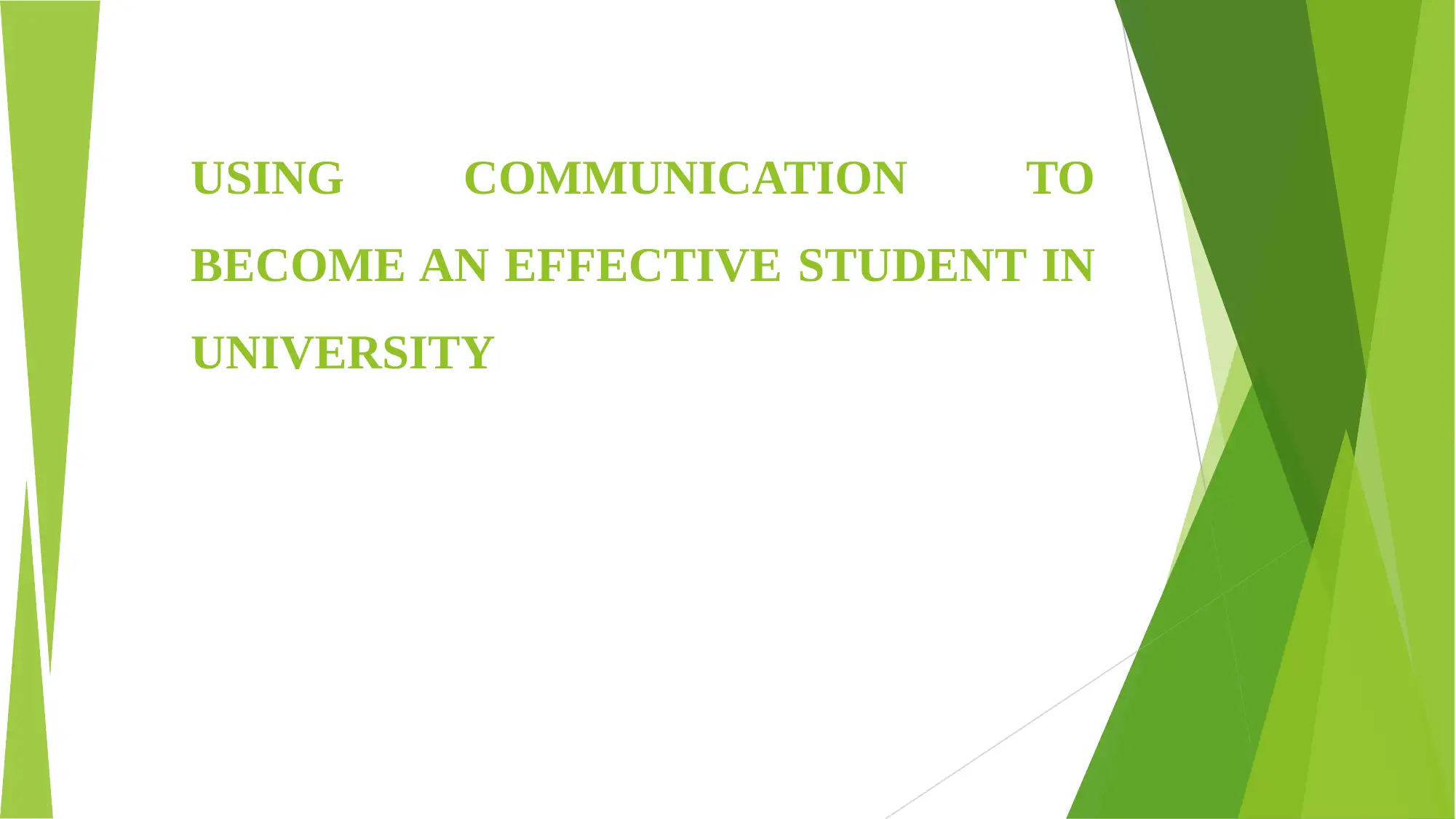
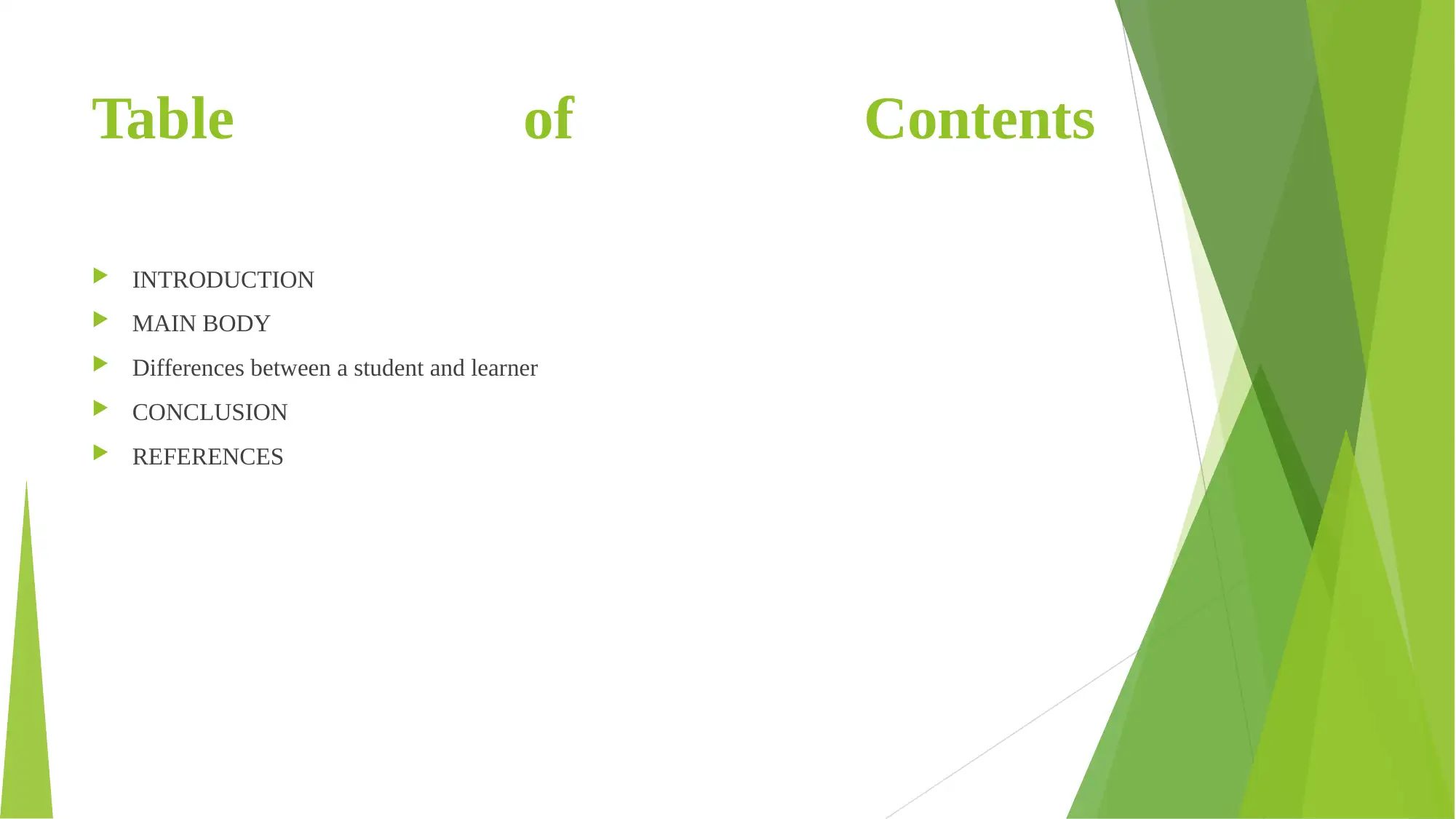
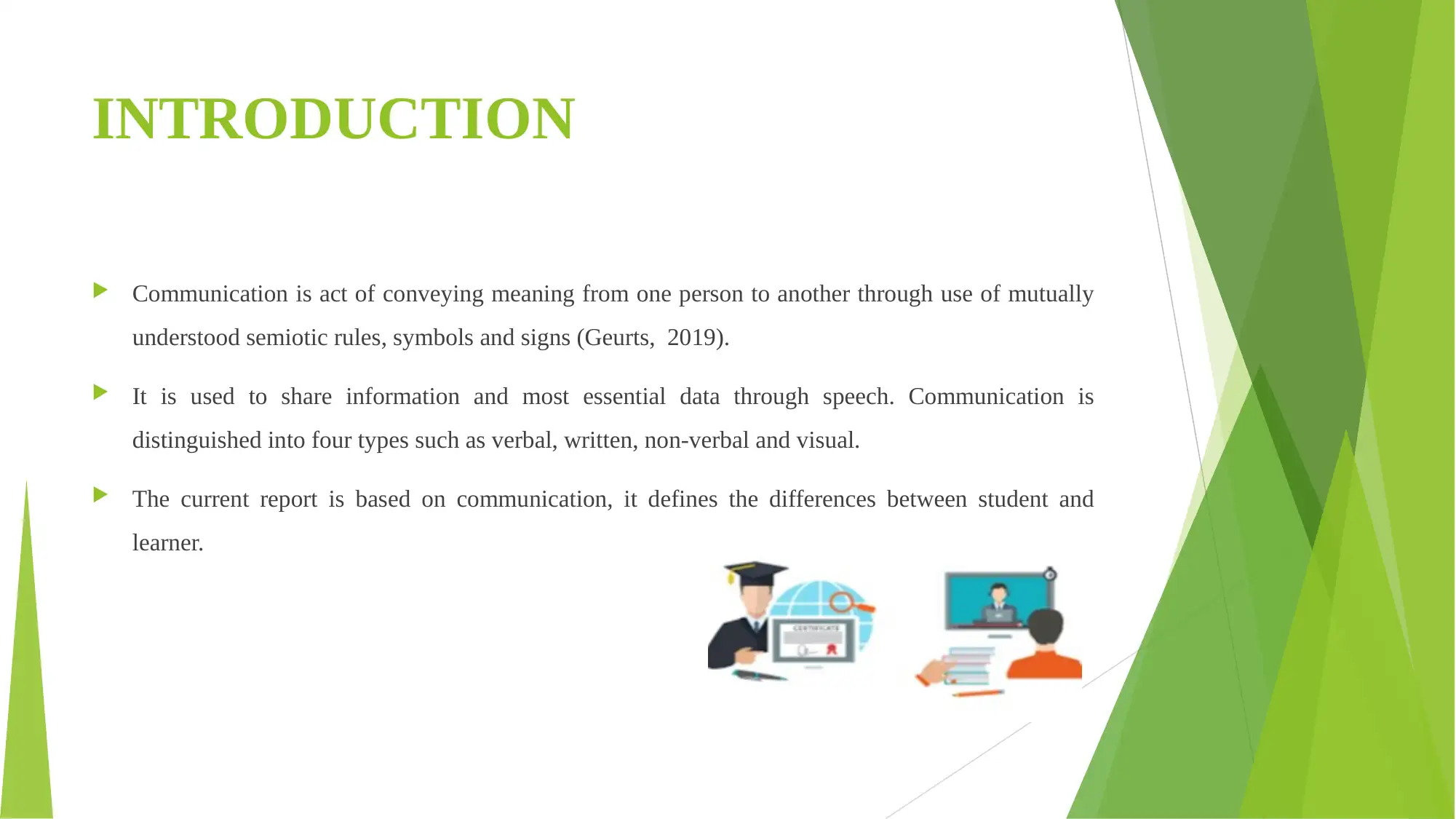

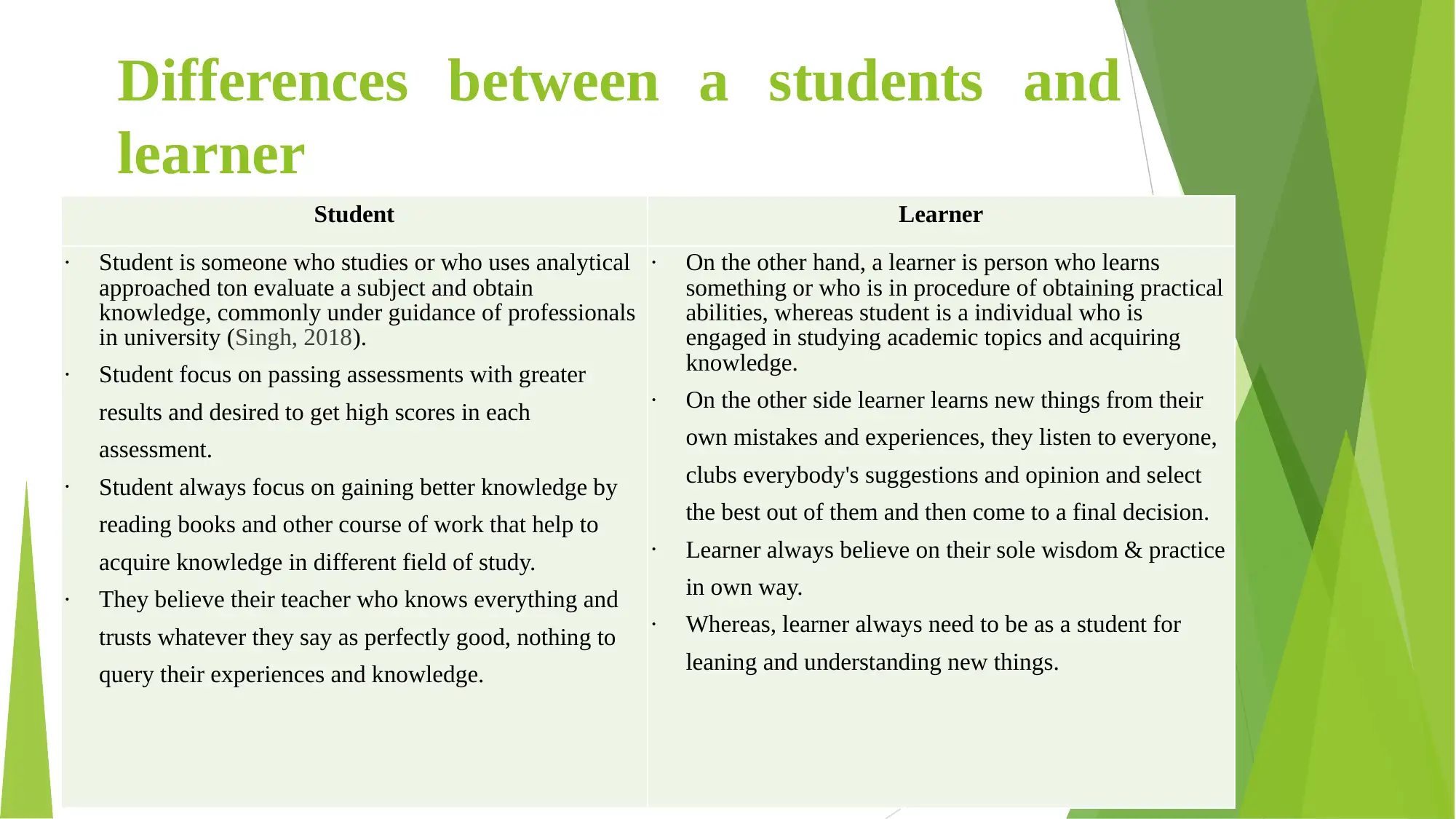
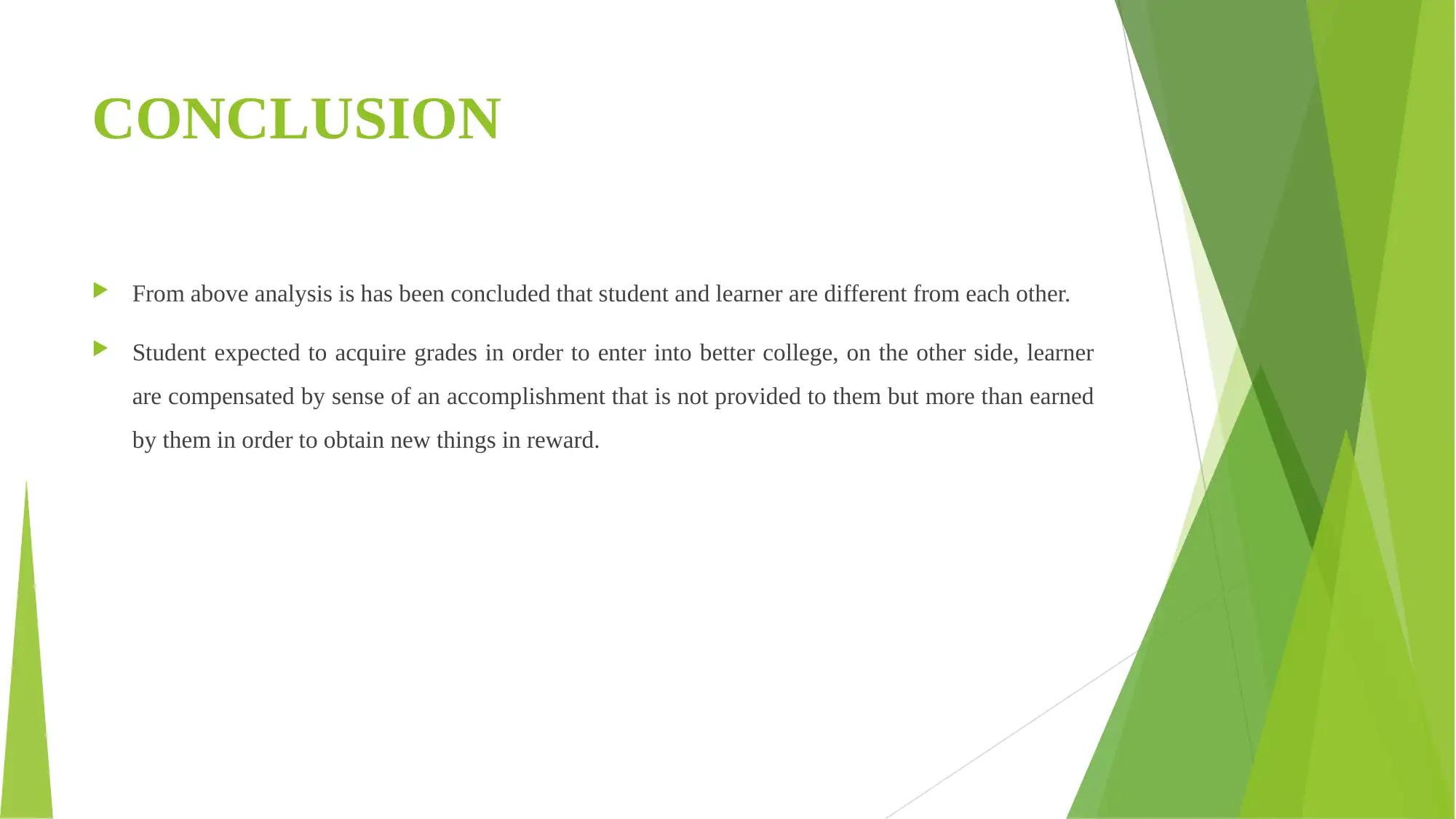







![[object Object]](/_next/static/media/star-bottom.7253800d.svg)